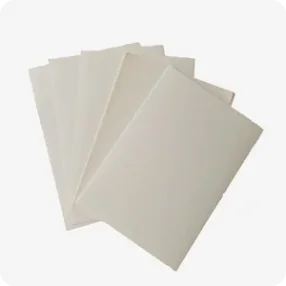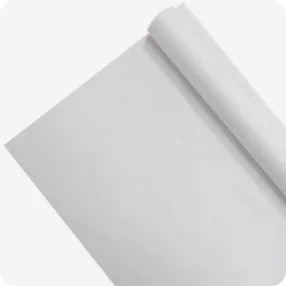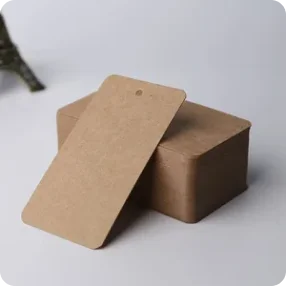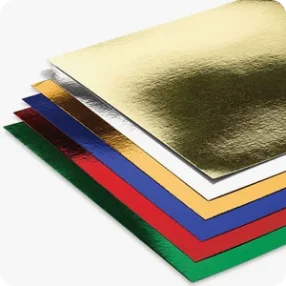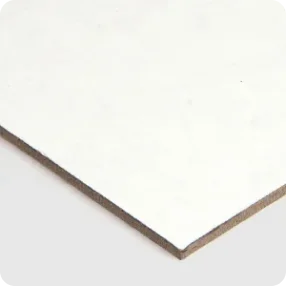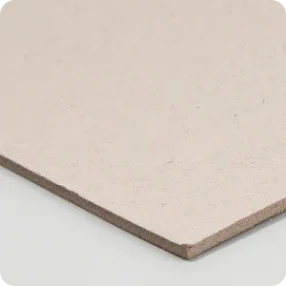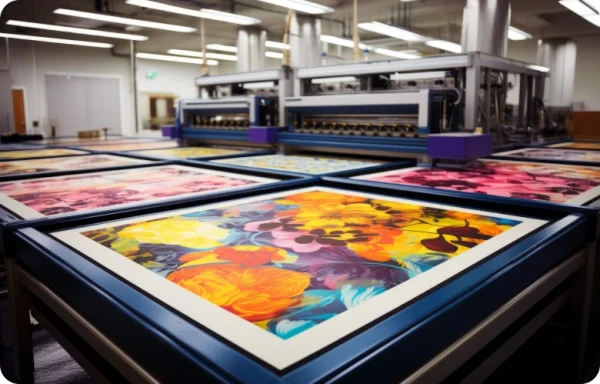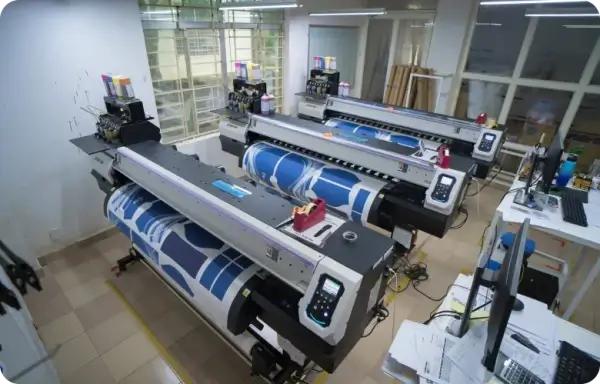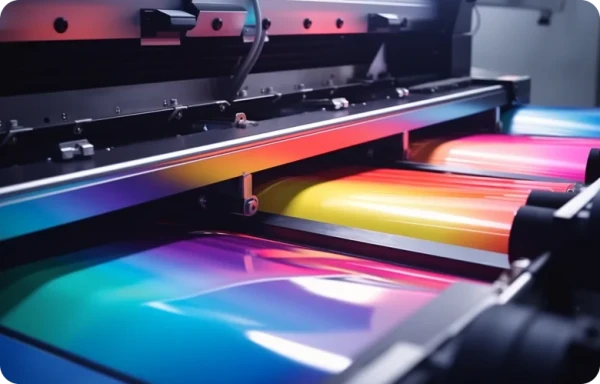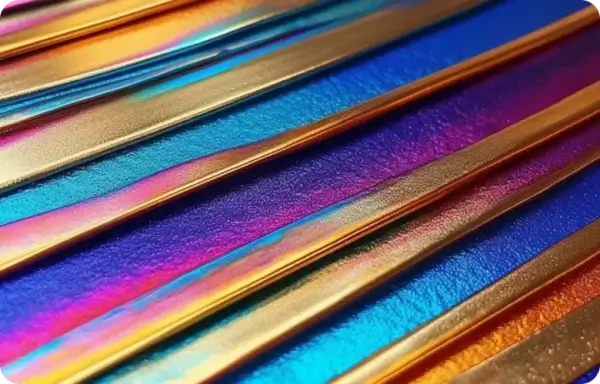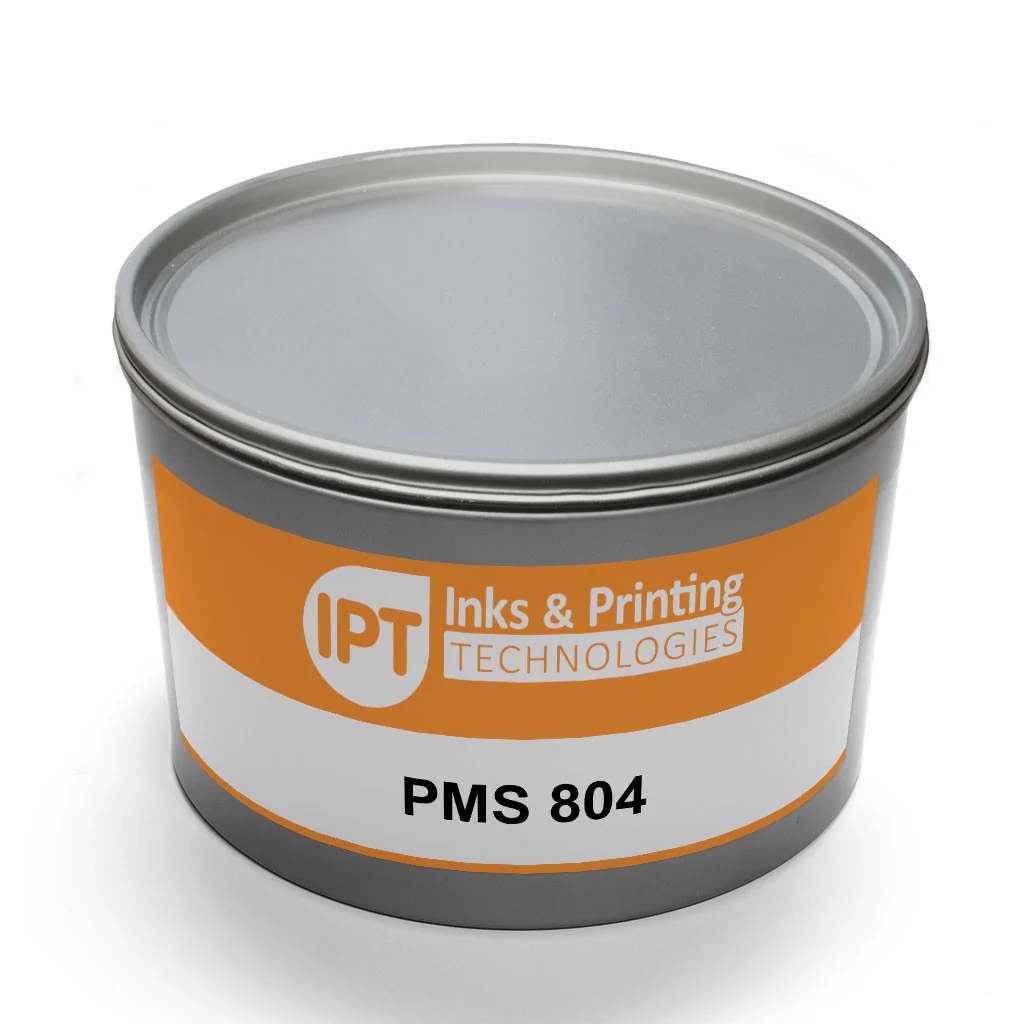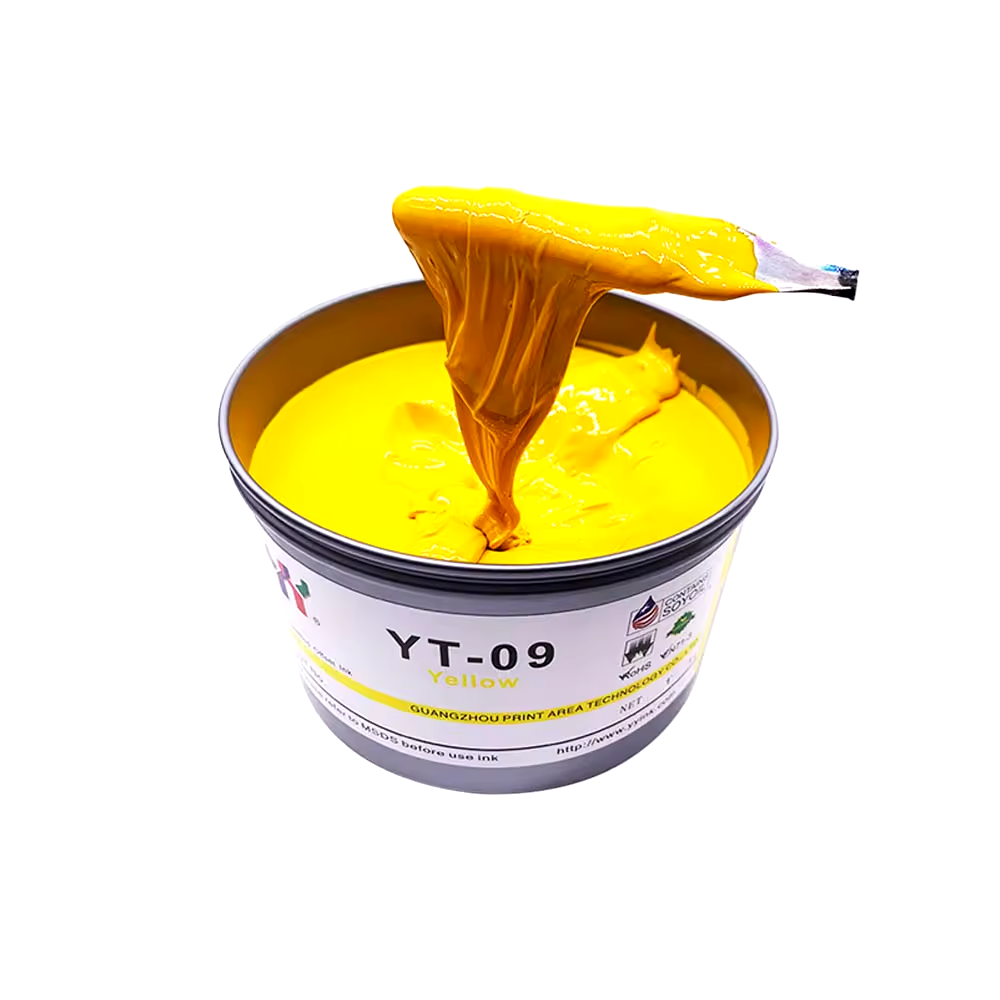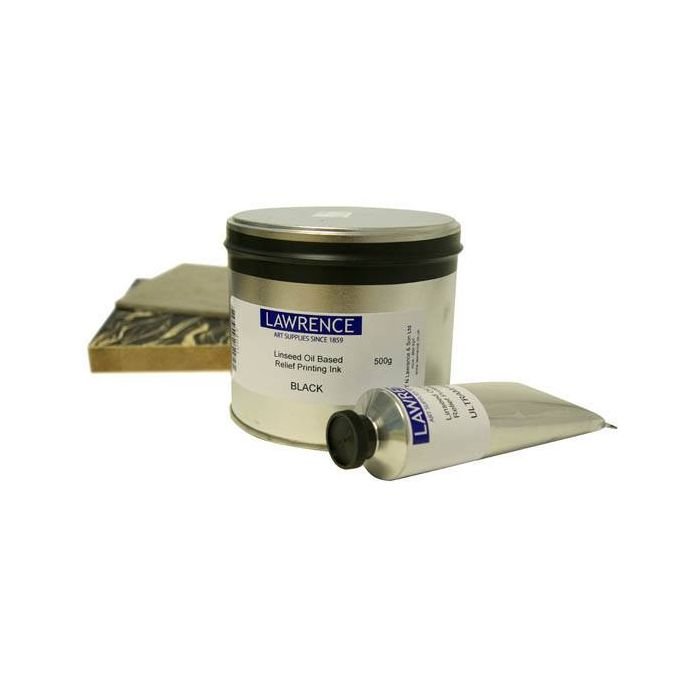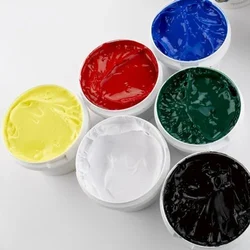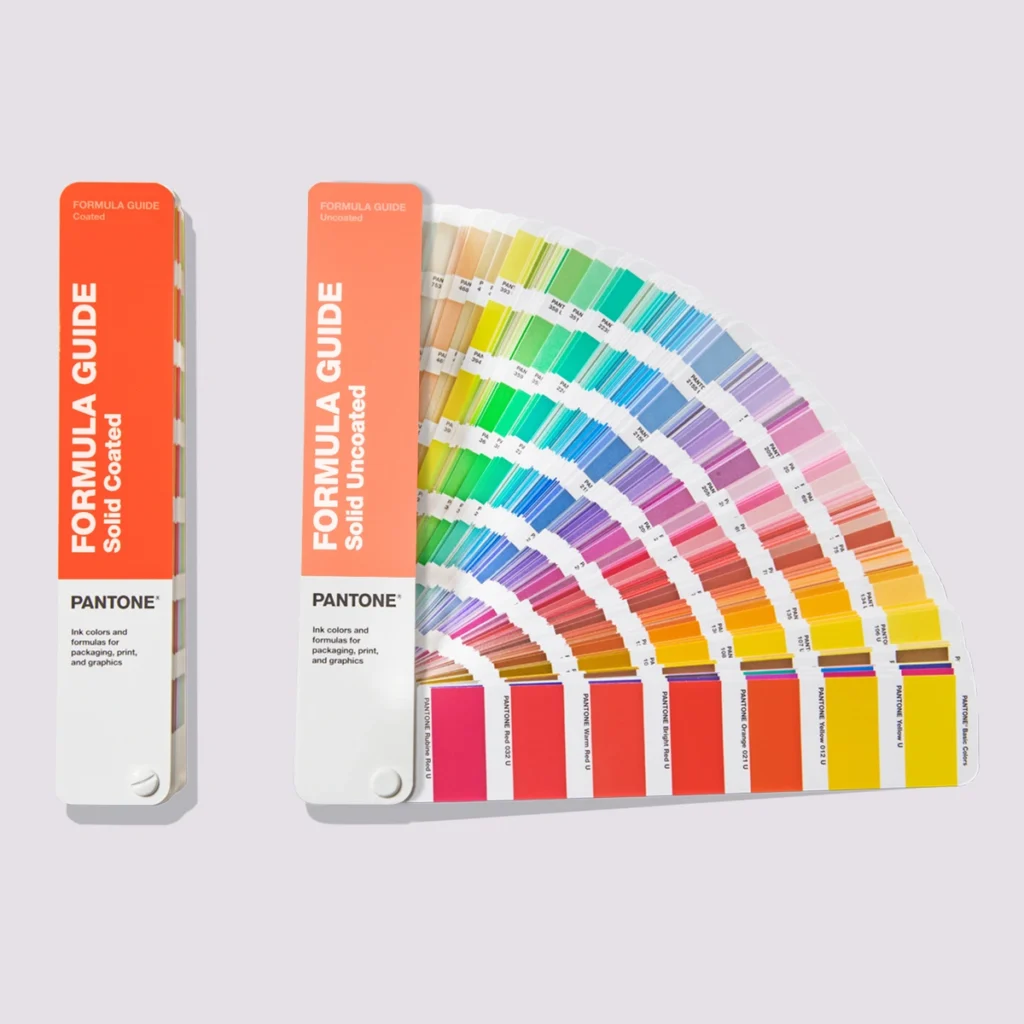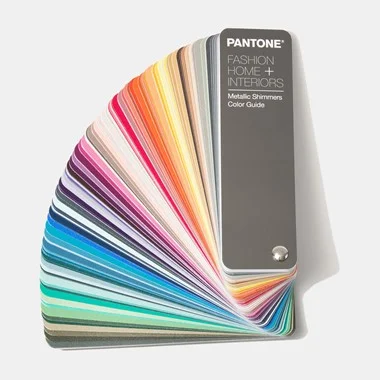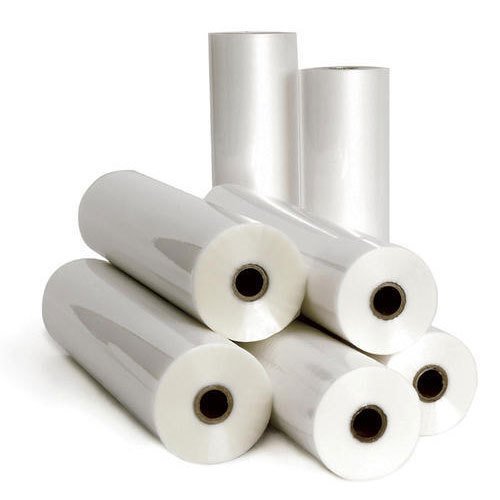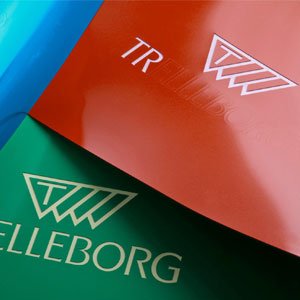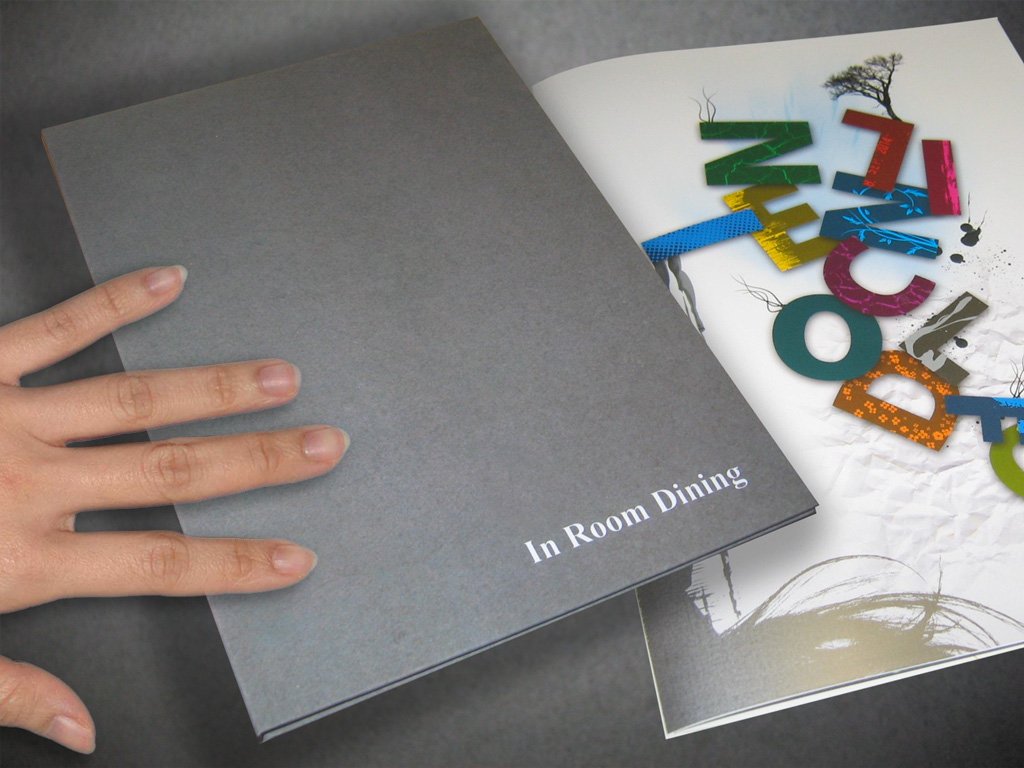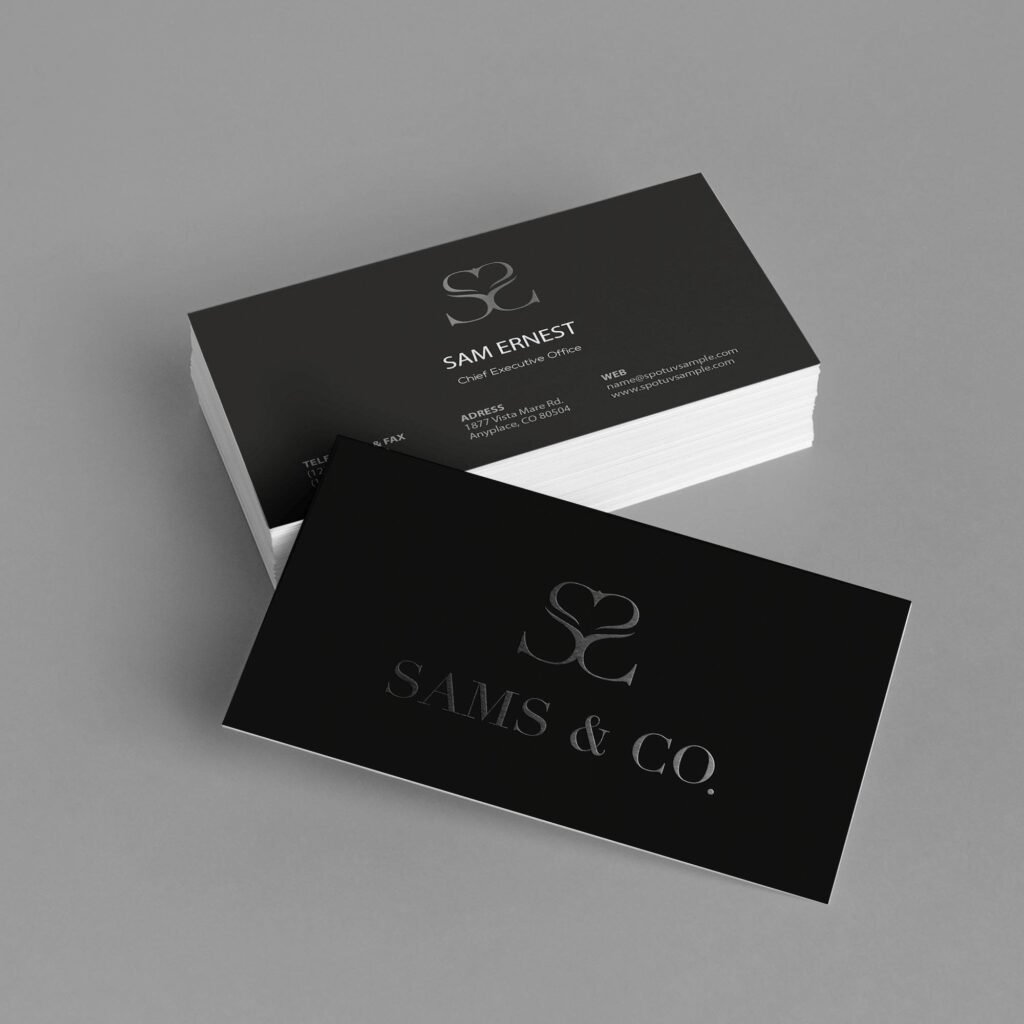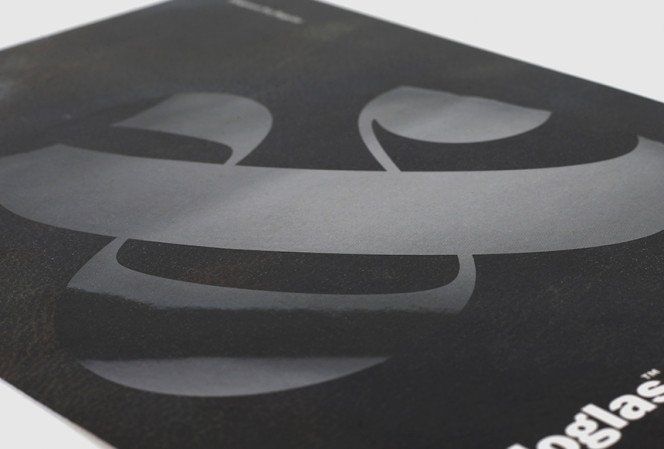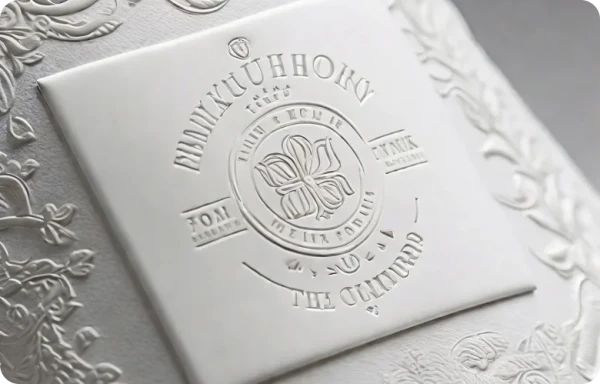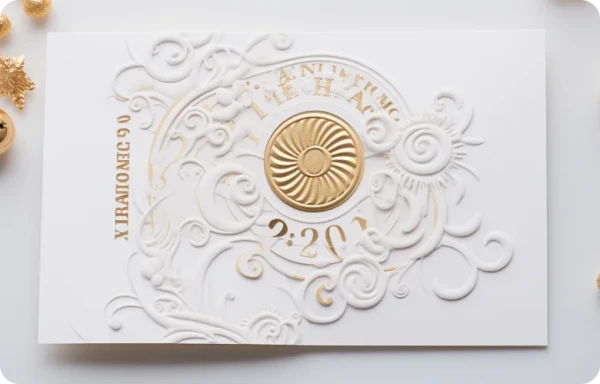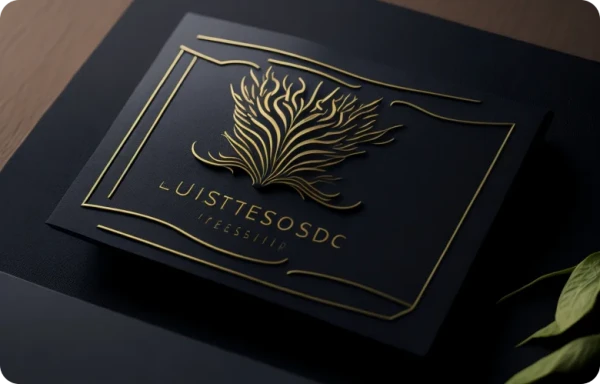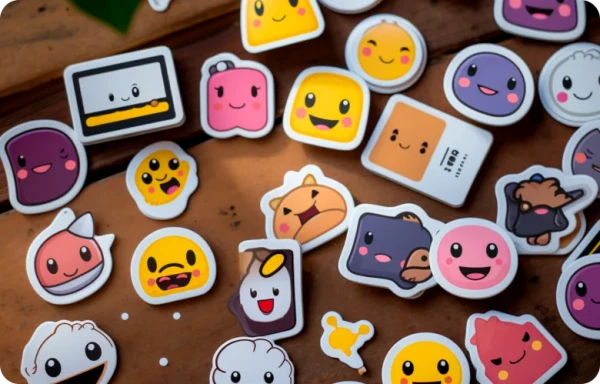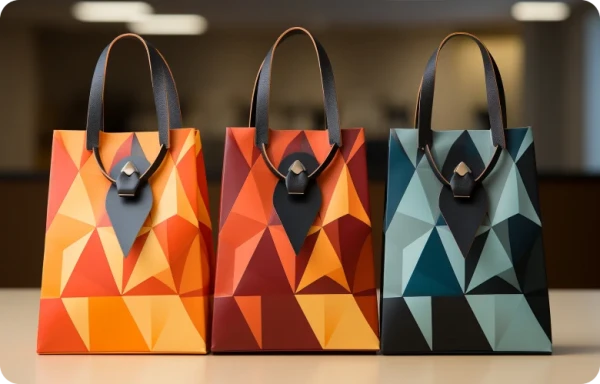Fish Fillet Boxes
Multi Custom Boxes provides
custom fish fillet boxes designed to maintain freshness and ensure secure packaging. Made from high-quality, eco-friendly materials, these boxes offer excellent durability and moisture resistance, preserving the quality of fish fillets during transport and storage. Fully customizable with your brand’s logo, colors, and finishes, they enhance product presentation while reflecting sustainability. Ideal for seafood markets, grocery stores, or deliveries, these
boxes combine functionality with style for a premium packaging solution.
Types of Fish Fillet Boxes
Choosing the right fish fillet box depends on whether the seafood is fresh or frozen and the required storage conditions.
1. Fresh Fish Fillet Packaging
- Modified Atmosphere Packaging (MAP): Uses a special gas mix to extend shelf life and maintain fish freshness.
- Vacuum-Sealed Fish Bags: Removes air to prevent bacterial growth, keeping fillets fresh for longer.
2. Frozen Fish Fillet Packaging
- Insulated Fish Boxes: Made from expanded polystyrene (EPS) or high-density polyethylene (HDPE) to maintain low temperatures.
- Leak-Proof Seafood Containers: Prevents moisture leaks, keeping fish intact during transportation.
3. Eco-Friendly Fish Fillet Packaging
- Biodegradable Fish Boxes: Made from plant-based materials, reducing environmental impact.
- Recyclable Paperboard Packaging: Offers sustainable and moisture-resistant seafood storage.
Materials Used in Fish Fillet Boxes
The material of a fish fillet box plays a crucial role in ensuring freshness, durability, and food safety. Here are the most commonly used materials:
1. Plastic-Based Materials
- High-Density Polyethylene (HDPE): A strong, food-safe plastic that resists moisture and keeps fish fillets fresh.
- Expanded Polystyrene (EPS): A lightweight, insulated material perfect for temperature-controlled shipping.
2. Paper-Based Materials
- Recyclable Paperboard: A sustainable packaging option with a protective lining to prevent leaks.
- Wax-Coated Cardboard: Provides extra moisture resistance while remaining eco-friendly.
3. Sustainable & Eco-Friendly Materials
- Biodegradable Fish Boxes: Made from compostable materials, reducing environmental impact.
- Recycled Kraft Paper: A durable and natural packaging solution for seafood.
Selecting the right packaging material ensures safe transportation, freshness, and sustainability in the seafood industry.
Innovative Designs in Fish Fillet Packaging
Modern fish fillet packaging is more than just a box—it’s designed to enhance freshness, convenience, and sustainability. Here are some of the latest innovations:
1. Resealable & Portion-Control Packaging
- Zipper-lock bags allow consumers to use fish fillets as needed without compromising freshness.
- Pre-portioned packaging helps reduce food waste and ensures easy meal prep.
2. Smart Packaging Technology
- Time-Temperature Indicators (TTI): Labels that change color if the seafood exceeds safe temperatures.
- QR Codes for Traceability: Lets consumers track the seafood’s origin and safety certifications.
3. Space-Efficient & Eco-Friendly Designs
- Stackable Fish Transport Containers save storage space and improve logistics efficiency.
- Biodegradable Fish Boxes reduce plastic waste while keeping seafood fresh and protected.
These innovative packaging solutions improve seafood safety, freshness, and sustainability, benefiting both businesses and consumers.
Benefits of Using Quality Fish Fillet Boxes
Investing in high-quality fish fillet boxes ensures freshness, safety, and efficiency in seafood packaging. Here’s why they matter:
1. Maintains Freshness & Extends Shelf Life
- Insulated fish boxes help regulate temperature to prevent spoilage.
- Vacuum-sealed fish bags reduce oxidation and bacterial growth.
2. Protects Against Contamination & Damage
- Leak-proof seafood containers prevent spills and maintain hygiene.
- Food-grade packaging ensures compliance with health and safety regulations.
3. Enhances Storage & Transportation Efficiency
- Stackable fish transport containers save space in warehouses and delivery trucks.
- Durable materials protect fillets from physical damage during shipping.
4. Supports Sustainability Efforts
- Biodegradable fish boxes and recyclable packaging reduce environmental impact.
Using quality fish fillet packaging ensures better product presentation, longer shelf life, and customer satisfaction.
Factors to Consider When Choosing Fish Fillet Boxes
Selecting the right fish fillet box is essential for maintaining freshness, safety, and sustainability. Here are key factors to consider:
1. Temperature Control & Insulation
- Insulated fish boxes help keep seafood at optimal temperatures during transport.
- Thermal packaging prevents spoilage and bacterial growth.
2. Material Durability & Leak-Proof Design
- High-Density Polyethylene (HDPE) and Expanded Polystyrene (EPS) ensure strong, long-lasting protection.
- Leak-proof seafood containers prevent moisture damage and contamination.
3. Eco-Friendliness & Sustainability
4. Compliance with Food Safety Standards
- Food-grade packaging ensures the safe handling and storage of seafood.
- Regulatory-approved materials help businesses meet industry requirements.
Choosing the right fish fillet packaging guarantees quality, efficiency, and sustainability in seafood handling.
Case Studies: Effective Use of Fish Fillet Boxes
Case Study 1: How MAP Technology Improved Freshness
A seafood supplier switched to Modified Atmosphere Packaging (MAP) to extend the shelf life of their fresh fish fillets. By using oxygen and carbon dioxide-controlled packaging, they reduced spoilage by 40% and saw a 20% increase in customer satisfaction.
Case Study 2: Sustainable Packaging Success Story
A restaurant chain replaced plastic with biodegradable fish boxes and recyclable paperboard packaging. This switch lowered their carbon footprint, appealed to eco-conscious customers, and boosted their brand reputation.
Case Study 3: Leak-Proof Containers for Safe Transport
A seafood distributor faced frequent moisture leaks during shipping. By switching to leak-proof seafood containers with high-density polyethylene (HDPE), they eliminated 90% of packaging failures, ensuring safer deliveries.
These real-world examples highlight the impact of choosing the right fish fillet boxes for freshness, sustainability, and efficiency in the seafood industry.
FAQ Section
Q1: What are Fish Fillet Boxes made of?
Fish fillet boxes are typically made from food-grade materials such as High-Density Polyethylene (HDPE), Expanded Polystyrene (EPS), and recyclable paperboard. These materials ensure durability, insulation, and moisture resistance.
Q2: How do Fish filter boxes keep seafood fresh?
They use insulated fish boxes, vacuum-sealed bags, and Modified Atmosphere Packaging (MAP) to control temperature and prevent bacterial growth, ensuring longer shelf life.
Q3: Are Fish Fillet Boxes eco-friendly?
Yes! Many brands now offer biodegradable fish boxes and recyclable packaging materials to support sustainable seafood packaging.
Q4: Can Fish Fillet Boxes be customized?
Absolutely! Custom seafood packaging allows businesses to add logos, branding, and unique designs for a professional look.
Q5: Where can I buy high-quality Fish Fillet Boxes?
They are available from seafood packaging suppliers, wholesalers, and online stores specializing in food-grade packaging.

